The extracted oil is a mixture of various carbohydrates (paraffinic, naphthenic and aromatic) having different molecular weights and boiling points.
The essence of oil refining
Crude oil produced from a well is not used in its pure form.
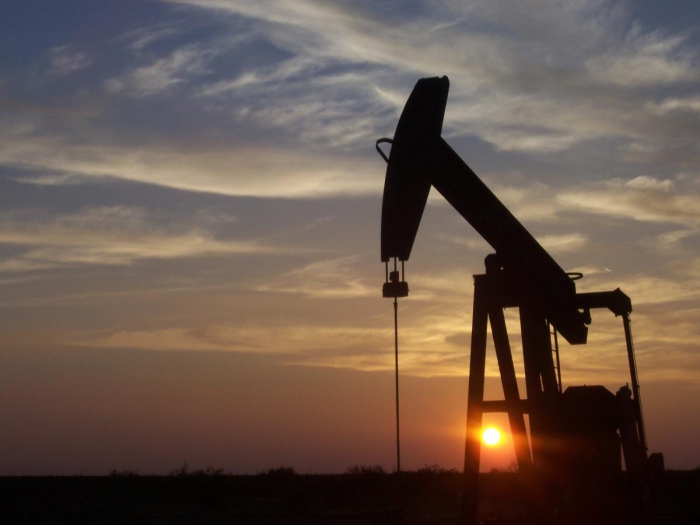
Therefore primary oil refining performed in specialized factories. It is at such a refinery that raw materials are delivered by pipeline, rail or by sea tankers. The result is aviation kerosene, gasoline, fuel oil, paraffin, lubricating oils, as well as raw materials for the petrochemical industry.
Stages of processing
In modern conditions, various fuels, petroleum oils, bitumen, paraffins, kerosene, lubricants, solvents and other petroleum products that are obtained after processing raw materials can be obtained from crude oil.
Produced oil is hydrocarbon feedstock, which must go through a long stage in the field before valuable and important components are separated from this mixture, from which they then produce a product suitable for use.
The technology of primary oil refining is a rather complex process, which should begin with the transportation of raw materials to the plant, where it goes through several stages, namely:
- preparatory stage;
- primary oil refining;
- recycling;
- cleaning step.
Preparatory stage
The extracted raw materials contain impurities such as salt, water, clay, sand and associated gas.
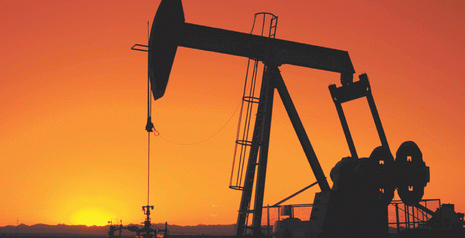
Each field has its own life, which depends on the thickness of the oil reservoir. The presence of water and mechanical impurities in oil impedes its transportation through pipelines for submission to processing. Moreover, it can cause the formation of any deposits in tanks and heat exchangers, which significantly complicates the primary process of oil refining.
The oil produced in the first stage should undergo a comprehensive (mechanical) refining, and only then a fine refining.
At the preparatory stage, the separation of raw materials into gas and oil is carried out in special separators. The primary processing of oil and gas involves settling of raw materials in the cold in sealed tanks. Also, heating for a certain time helps to eliminate a significant amount of particulate matter and water. The primary oil refining unit will work effectively, there is an additional raw material to be subjected to dehydration, as well as desalination on special equipment.
Sometimes oil in combination with water can form an emulsion that is difficult to dissolve. In it, often small particles of one component in suspension are distributed in another.
In practice, two main types can be distinguished among emulsions: oil in water (hydrophilic), water in oil (hydrophobic).
Methods for the destruction of emulsions
Primary oil refining cannot do without destroying the above emulsions. There are several such methods: chemical, mechanical and electrical.
 The chemical method involves destruction using demulsifiers (surfactants). These components are characterized by high activity in comparison with the “working emulsifier”. They form the opposite emulsion and can successfully dissolve the adsorption film. This method is mainly used simultaneously with the electric one, in which, by applying a current to the oil emulsion, water particles are combined, which contributes to a more rapid separation from oil.
The chemical method involves destruction using demulsifiers (surfactants). These components are characterized by high activity in comparison with the “working emulsifier”. They form the opposite emulsion and can successfully dissolve the adsorption film. This method is mainly used simultaneously with the electric one, in which, by applying a current to the oil emulsion, water particles are combined, which contributes to a more rapid separation from oil.
The mechanical method of destruction is divided into sedimentation and centrifugation. The difference in the densities of the elements of the emulsion contributes to the easy separation of water and oil when the liquid is heated to 160 degrees for three hours (water evaporation should not be allowed). In this case, the pressure necessarily remains at 15 atmospheres.
During centrifugation, the emulsion is separated using special equipment (centrifuges). The number of revolutions should reach up to 50,000 times per minute.
Primary oil refining
This stage of processing of raw materials consists in dividing it into groups of hydrocarbons and fractions. In the process of distillation, the primary refining unit receives a wide range of intermediate products and oil products.
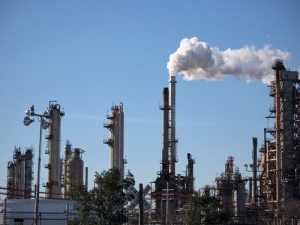 The basis of this process is the principle of the difference in boiling points of the components of the extracted raw materials. As a result, oil should be decomposed into fractions: light oil products (fuel oil) and oil (tar).
The basis of this process is the principle of the difference in boiling points of the components of the extracted raw materials. As a result, oil should be decomposed into fractions: light oil products (fuel oil) and oil (tar).
In the process of obtaining the finished product, the most important is the primary oil refining, the scheme of which can vary and be carried out in one of these ways:
- One-time evaporation - in the heater, the oil warms up to the desired temperature. As a result of this process, pairs are formed. Upon reaching the required temperature, the resulting vapor-liquid mixture should enter the evaporator, which is a cylinder, where the vapor is already separated from the liquid.
- Multiple evaporation is a process that is represented by a sequence of single evaporations with a gradual increase in temperature during heating.
- Gradual evaporation is a distillation, which is a slight change in oil with each single evaporation.
Equipment
The main equipment in the primary distillation of oil are: distillation columns, tube furnaces and heat exchangers.
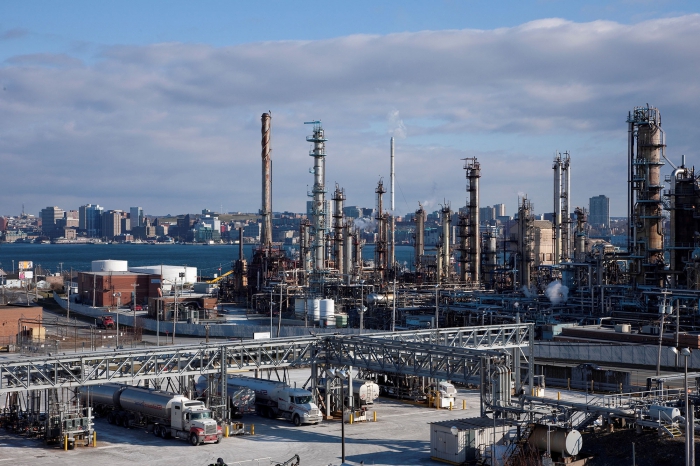 The process of distillation of oil is carried out in distillation columns. Thus, the extracted raw material through the use of a pump enters the heat exchanger, where it is warmed up and transferred to a tube furnace, where it is already heated to the desired temperature. Then oil as a vapor-liquid mixture enters the evaporation part of the specified distillation column. Here, the liquid and vapor phases are separated (liquid moves down, and steam moves up).
The process of distillation of oil is carried out in distillation columns. Thus, the extracted raw material through the use of a pump enters the heat exchanger, where it is warmed up and transferred to a tube furnace, where it is already heated to the desired temperature. Then oil as a vapor-liquid mixture enters the evaporation part of the specified distillation column. Here, the liquid and vapor phases are separated (liquid moves down, and steam moves up).
Depending on the type of process being carried out (type of fumes), the following types of tube furnaces are used: atmospheric (hereinafter - AT), vacuum (hereinafter - VT) and atmospheric-vacuum (hereinafter - ABT). At AT, shallow processing is carried out, which results in the production of kerosene, gasoline and diesel fractions, as well as fuel oil. Using VT installations, in-depth processing of raw materials takes place. The result is oil, gas oil fractions and tar, which are subsequently used in the production of coke, lubricants and bitumen. In ABT units, two methods of oil distillation are combined.
Oil refining
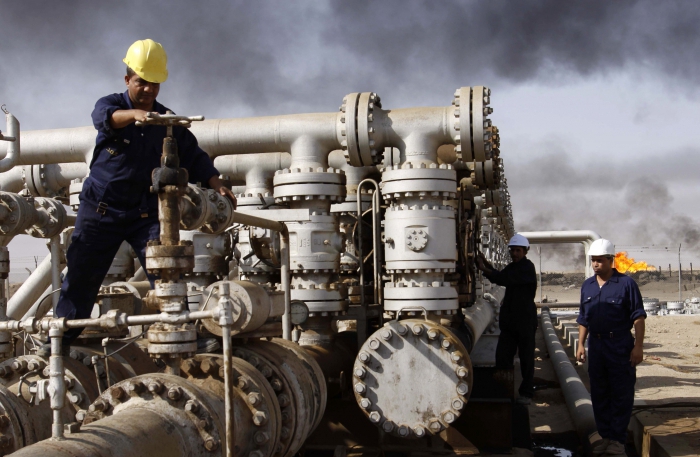 Based on the results of determining its physical and chemical properties in oil, as well as depending on the needs for the finished product, a further method of destructive processing of the extracted raw materials is selected. Recycling is the conduct of thermal and catalytic effects on petroleum products that are obtained by direct distillation. Exposure to raw materials can change the nature of the hydrocarbons contained in it.
Based on the results of determining its physical and chemical properties in oil, as well as depending on the needs for the finished product, a further method of destructive processing of the extracted raw materials is selected. Recycling is the conduct of thermal and catalytic effects on petroleum products that are obtained by direct distillation. Exposure to raw materials can change the nature of the hydrocarbons contained in it.
Types of Recycling
For a more complete determination of the nature of the secondary distillation of oil, it is necessary to dwell on its main types.
 So, the first method (fuel) is used to produce high-quality automobile gasolines, as well as various types of diesel fuel and raw materials for refueling jet engines. This method involves the use of fewer process plants.This is the process by which engine oils can be obtained from oil fractions. This type of raw material processing includes catalytic cracking and reforming, hydrotreating, hydrocracking and other thermal processes.
So, the first method (fuel) is used to produce high-quality automobile gasolines, as well as various types of diesel fuel and raw materials for refueling jet engines. This method involves the use of fewer process plants.This is the process by which engine oils can be obtained from oil fractions. This type of raw material processing includes catalytic cracking and reforming, hydrotreating, hydrocracking and other thermal processes.
Oil and oil refining results in asphalt and lubricating oils. In this case, we are talking about deasphalting and extraction processes.
However, a wide variety of petroleum products are obtained in the process of petrochemical processing. Therefore, the largest number of various technological equipment is used here. The results of such processing of raw materials produce not only oil and fuel, but also synthetic rubber, nitrogen fertilizers, plastic, detergents, phenol, alcohol, acetone and other chemicals.
Conclusion
Summing up the material presented in this article, it should be noted that primary and secondary oil refining are the obligatory stages of oil refining.

